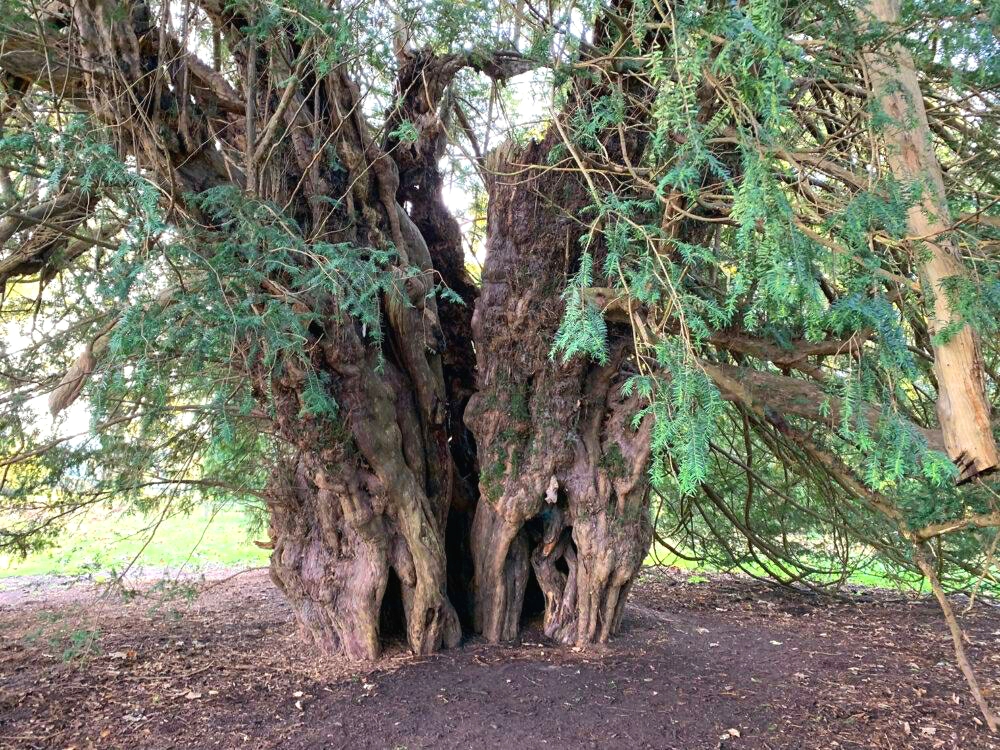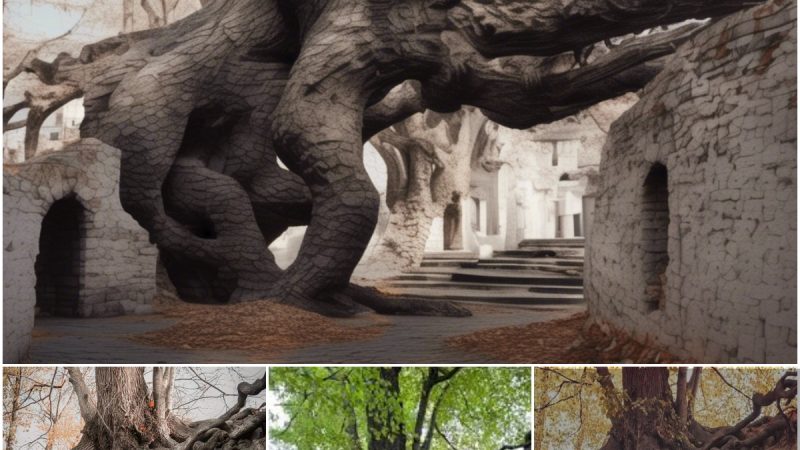Amazing Surrey tree that is 2,500 years old
The Ankerwycke Yew is thought to be the National Trust’s oldest tree.
Surrey is rich in historical sites, including an ancient tree that is thought to be over two millennia old.
Every year, thousands of people come to enjoy the beauty of Egham’s Runnymede Pleasure Grounds, with its wide open grass areas and proximity to the River Thames.
If you cross the river, you might notice a tree that, while not particularly exciting, is actually quite remarkable.
The Ankerwycke Yew is located near the ruins of the 12th century nunnery St Mary’s Priory, and its wide gnarly nature appears to be more appropriate for a fantasy novel than the Surrey countryside.
As you might expect, it’s a big hit with visitors looking for a stunning selfie.
The 2,500-year-old tree, which is surrounded by woodland and meadow, is thought to be the oldest in the National Trust’s care and is steeped in history.
According to popular belief, King Henry VIII courted Anne Boleyn beneath this tree, and some reports claim that he even proposed to her in its shadow.
While the Magna Carta is said to have been sealed at Runnymede, some argue that the event took place on the other side of the river, possibly under this very yew.
The tree is a little out of the way, but it is well worth discovering as part of a peaceful circular walk after visiting the pleasure grounds or Windsor Castle.
This tranquil location away from the hustle and bustle of tourist hotspots is home to a diverse range of wildlife.
Walkers can listen for the green woodpeckers’ loud, laughing calls and see if they can spot them feeding on insects in the woods.
The emerald dragonfly and large red dragonfly can often be seen darting between the ponds, and in the spring, the bare ground is carpeted with snowdrops, which were thought to have been planted there in Victorian times.
In addition to exploring the yew tree, the ruins of St Mary’s Priory are worth seeing.
These crumbling walls were once a nunnery dedicated to St Mary Magdalene and built during Henry II’s reign.
Following the monastic dissolution, the priory passed into private hands and was patched up several times over the years.
Much of the surviving building fell into disrepair during the nineteenth and twentieth centuries, and today only a few overgrown walls remain.
Hits: 28











